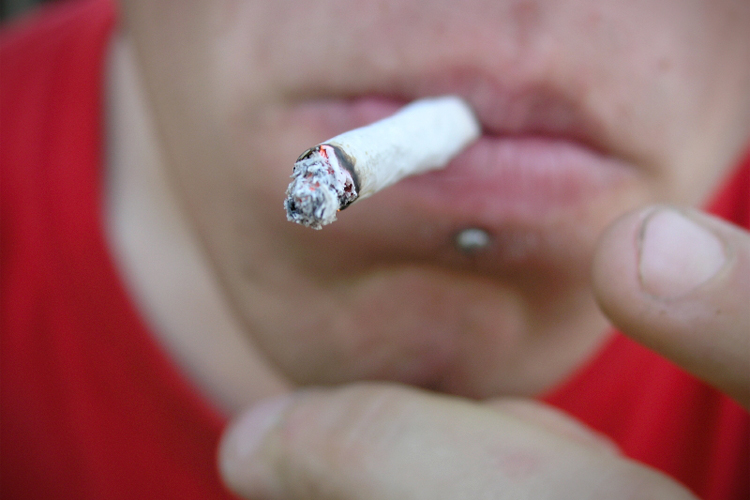 The University of Michigan’s annual Monitoring the Future (MTF) survey of teen drug use was released today and shows that softening attitudes toward marijuana and actual marijuana legalization in four states and Washington, DC, are not translating into increased teen pot smoking.
The University of Michigan’s annual Monitoring the Future (MTF) survey of teen drug use was released today and shows that softening attitudes toward marijuana and actual marijuana legalization in four states and Washington, DC, are not translating into increased teen pot smoking.
The survey also had generally good news about other drugs, reported declines in teen use of ecstasy, heroin, alcohol, cigarettes, and synthetic cannabinoids.
MTF has been tracking drug use, including alcohol and tobacco, since 1975, and surveys more than 40,000 8th, 10th, and 12th graders in some 400 public and private secondary schools across the country. The research is sponsored by the National Institutes on Drug Abuse.
“Marijuana, the most widely used of the illicit drugs, did not show any significant change in annual prevalence this year in any of the three grades, nor in the three grades combined,” MTF reported in its press release. “After rising for several years, the annual prevalence of marijuana has more or less leveled out since about 2010.”
That’s significant since legalization wasn’t approved in Colorado and Washington until November 2012 and in Alaska, Oregon, and Washington, DC, in November 2014. And in each case, it took some time to actually go into effect.
If legalization in the states has had any effect on teen pot use rates, the MTF figures make clear it hasn’t shown up yet. Teen pot use stabilized before legalization and hasn’t increased since.
While use rates have been stable for the last five years, with 12% of 8th graders, 25% of 10th graders, and 35% of seniors reporting using at least once in the past year, they are well above the historic lows that MTF reported in the early 1990s (although near the levels of the survey’s earliest years in the 1970s, which, interestingly, are omitted from the tables accompanying this year’s report).
The report also found that a tiny fraction of teens are using marijuana regularly. These rates stand at 1.1%, 3.0% and 6.0% in 8th, 10th and 12th grades, respectively. These rates are also higher than the historic lows from the early 1990s.
The stabilization of teen pot smoking comes even as MTF reports that the percentage of students who see its use as carrying a great risk has declined dramatically. Fewer than a third (32%) of seniors saw a great risk, down from 58% in 2005, and similar decreases obtained for 8th and 10th graders.
And it comes even as teen support for legalization grows. A June 2014 MTF report noted that, “The proportion of 12th-grade students who favor legalization of marijuana was at the highest level ever recorded” and, “The proportion of 12th-grade students who favor marijuana use as a crime is at the lowest level ever recorded by the survey.”
Students for Sensible Drug Policy was quick to make the obvious point.
“Youth marijuana use is stable, and even falling in some categories, all while a growing number of states enact legalization,” said Betty Aldworth, the group’s executive director. “This new data solidifies early indications that the scare tactics peddled by prohibitionists are false. Criminalization isn’t the way to encourage young people to make healthy choices; regulating a legal market and honest, reality-based education is.
“That fact is made even more clear by the continued reduction in youth tobacco and alcohol use. We didn’t need to put anyone in handcuffs or jail cells to convince an historic number of students to avoid smoking and drinking. These reductions were achieved with honest, evidence-based public health strategies and not by criminalizing cigarettes or beer. Drug use is a health matter and should be treated that way,” Aldworth concluded.


